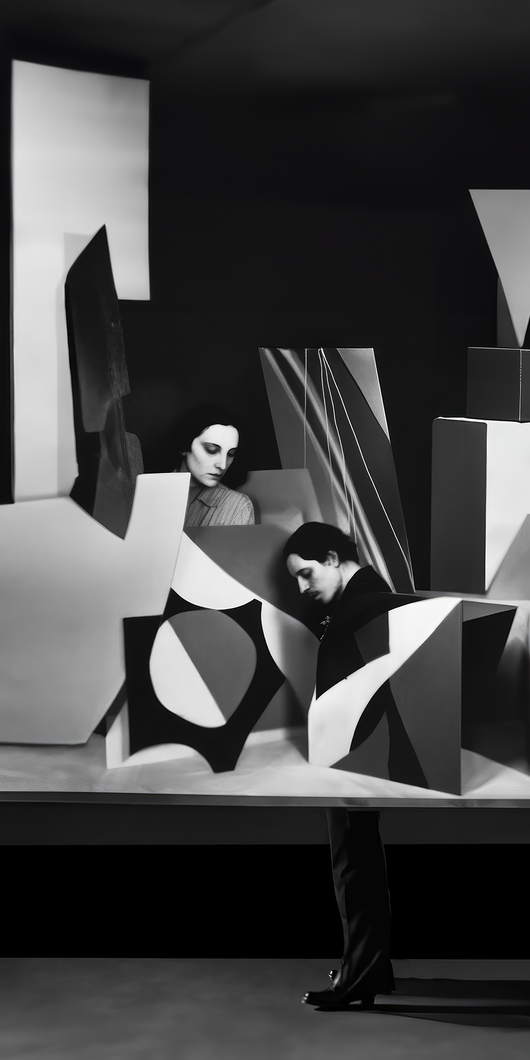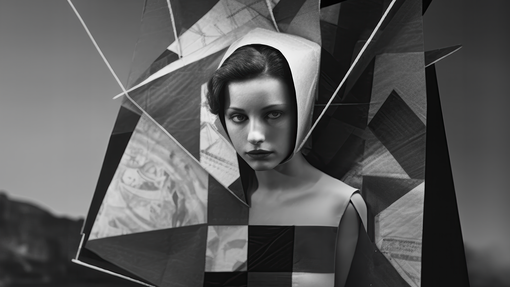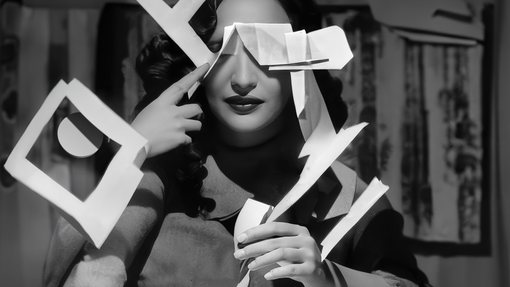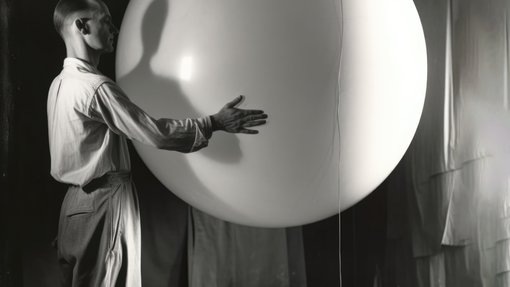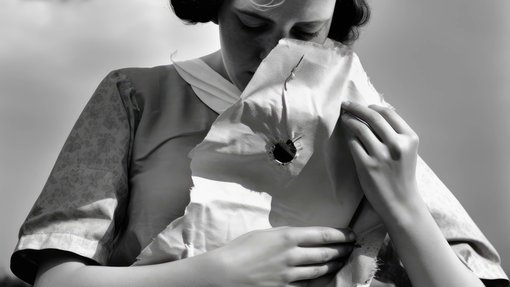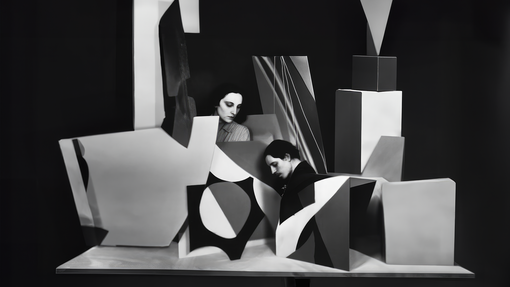My rejection of the Sony World Photography Awards was motivated by the desire to distinguish more clearly between photography and AI-generated images (promptography) and to initiate a discussion on the future relationship between the two.
Photography and promptography are children of image-making: the former stems from the relationship with light, the latter from the relationship with artificial neural networks – or, simply, mathematically calculated probability. This makes photography and promptography half-siblings, sharing some of their genes but differing in many hereditary traits.
It is about time to work out the individual motivations, workflows, and strengths so that they can be duly appreciated.
The World of the Photographer
Photography is image-making with light particles. The path of most photographers, therefore, leads out into the world. Many photographers justify this with a curiosity about people, cultures and places. Their hunger for experience is fed by empathy; they want to build bridges to other ways of life, bring problems to light, give people a voice and reveal the ‘human condition’. The image is formed through a dance with the world, a shared process with people. In this process, respect, trust and empathy are the keys to strong images. Social competence pays off; a good portrait is about finding and being found.
There is more than just one type of photographer, however.
The Lone Wolf Photographer
Lone wolves lack this basic social competence. They photograph others from a distance, often unnoticed, often to overcome their loneliness. Similarly, so-called ego shooters ‘steal’ moments to own them. They use photography to get a front-row seat in spaces they otherwise would not have access to.
The Wholly Absorbed Photographer
There are also those who want to switch off their minds to be wholly absorbed in the moment.
Many see themselves as the hunter, hunting for the perfect moment, the ideal composition in the chaos named life.
The Freeze Photographer
Then there are those who want to freeze moments and stop time; they are afraid of life’s transience. Some also wish to observe more closely – for themselves and others.
For most, photography is a universal language that can convey a better understanding of what is photographed.
What many photographers have in common is that they seek beauty and want to express themselves.
Promptography and the World
Does promptography need the ‘way out into the world’? No. But I need to have been out in the world once to have gained experience and knowledge – because this is the material I work with. In prompting, therefore, the journey for me ideally goes inwards: what do I want to generate? Why? I can draw entirely upon my imagination. But what does it yield? Which experiences can I build upon?
As these backgrounds differ between users, I currently see three groups of users.
The Average Prompter
Most users welcome AI as a shortcut to an image result they could not previously produce with their skills. They lacked time, talent, training or patience. The speed and ease with which they can now create images that meet their needs excites them. Many ego shooters are not interested in depicting the human condition or in freezing time. It is more important to them to create a cool image that is praised by their community. It does not matter whether the user led the way in creating the image or was pulled along by the AI. It is the result that counts.
And the result often reveals the unconscious biases of the user.
The Prompt Engineer
Commercial-image creators use this new technology to save time and money. They want to stay competitive and on the cutting edge. Prompt engineers are experts in a certain image category and want to solve a given task with AI. They know the keywords and workflow of an industry and have already gained experience in it.
To use AI image generators as a professional tool, prompt engineers have to enter the process intending to solve a task and with the attitude that the first four images are just the beginning, the starting point for a continuous fine-tuning of the image generation that looks critically at intermediate results, discards these, starts again, changes the workflow and mixes and matches platforms. To evaluate the generated output and derive corrections from it, they need experience in editing and image-making. Prompt engineers do not ‘just give orders’; they give informed orders based on knowledge and experience in their industry.
But the result often betrays the unconscious biases of the industry.
The Prompt Whisperer
Artists see technology as liberating the individual imagination from material constraints. Since there is no longer any need to compromise on production, and the subject, action, location, lighting, equipment and so on can be freely chosen, artists can express their vision unfiltered for the first time. Unlike for the prompt engineer, the artist’s intended goal is not to create a product or feed a target audience. The objective is to express the human condition, using a technique that draws on what C. G. Jung called the ‘collective unconscious’. The subjective becomes one with the collective.
In addition the promise of creating new visual languages with a new tool, synthesising a never-before-seen aesthetic from visual languages of the past by tweaking them into the future, is appealing.
Becoming a prompt whisperer requires a prompt engineer’s skills – in the artistic sense – and a deeper familiarity with one’s psychological condition. Without these the unconscious biases of humankind will be revealed because the prompt whisperer cannot tweak the training data.
Afterword
This simplification does not consider that photographers can be divided into similar user types. That will be explored in a further essay. I acknowledge that I could not appreciate all aspects of the topic in this essay. I see this essay as an impulse to discuss the differentiation between photography and promptography further – to benefit both.
Boris Eldagsen, Berlin-Based Photo & Video Artist
